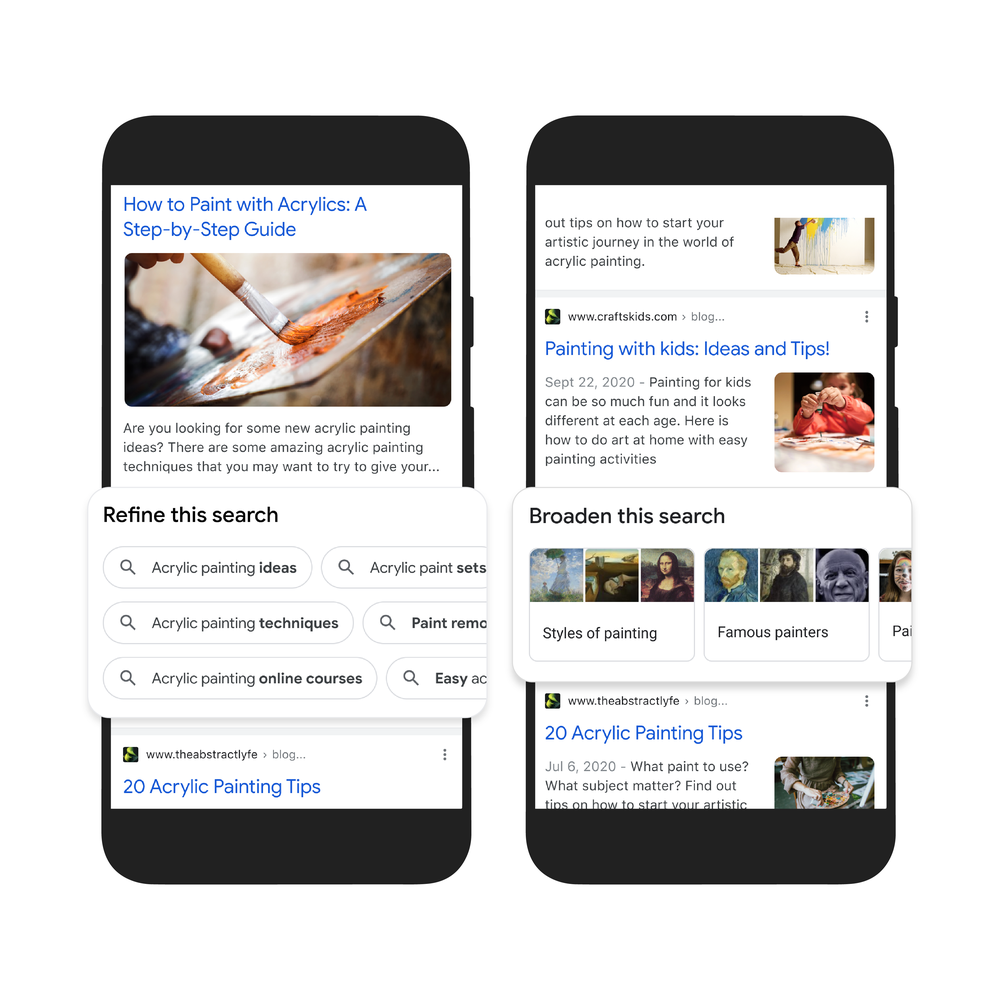SEO Insights – September 2021 Report

In September, Google held its second main search event of the year, Search On ’21, and as expected, the focus was very much on the advancements in search through increased AI.
Google’s search algorithms have become phenomenally complex. Gone are the days of the ‘200+ ranking factors’ that Google used to talk about when trying to explain the many factors that it takes into account for ranking web pages.
And long gone is a results page compiled of 10 blue links. Today we have knowledge boxes, local listings, image and video results, ‘people also ask’ options and so much more, all embedded within the search results.
This constant and exponential evolution of the search results has been necessary in order to keep Google current, relevant and authoritative as the most advanced search engine today. Instead of just crawling the web looking for content, Google’s mission is to now add context to everything it finds.
MUM’s the word
Most of the search advancements talked about at Search On ’21 were around Google’s AI technology called MUM, which stands for ‘Multitask Unified Model’. MUM is a hugely powerful AI technology that has been developed to better understand information and knowledge and be able to offer help based on complex questions, the type of questions that today’s version of Google search cannot effectively handle, for example:
“I failed my driving test last month, how can I be bettered prepared for the next one?”
With MUM’s more advanced understanding of the actual meaning of this phrase and what it relates to, results would likely feature helpful videos, advice and maybe feedback from others who have been through the same thing.
In essence, the results would be much more insightful and helpful than they are today. MUM is able to understand the entire context around the question.
MUM is also multilingual, meaning that if answers are available in another language, they can be presented to the searcher in their own language. It means that ALL information around the world is available to everyone. That’s a very significant advancement.
Now, let’s delve into some of the key search highlights from the Search On event…
Things to know
Google’s new ‘Things to know’ feature is designed to help users better explore and understand new topics. Google gave an example of what this would look like for a search for ‘acrylic painting’:

Being driven by AI means that with results like this, Google will keep learning and better understanding what users want to find related to these types of searches.
‘Things to know’ highlights the need for websites to host a variety of useful and related content around a specific subject. It will help to drive traffic to pages that perhaps previously would not have appeared for these search terms.
This is an exciting and interesting development benefiting websites that have focused on providing a broad range of content around a specific subject matter.
Refine and broaden
The ‘Things to know’ feature allows users to understand more about a specific subject but an additional feature will allow users to refine their search further or, alternatively, to broaden it. For example:

The ‘Refine this search’ feature initially appears similar to the related searches links that appear at the bottom of the current search results:

However, the new feature seems to appear embedded within the search results, instead of at the bottom of the page, and the suggestions are mostly different and actually possibly more relevant to the search term. Is this going to be an opportunity for websites with content that focuses on long-tail searches?
Related searches currently appear for all search queries but ‘Refine this search’ and ‘Broaden this search’ may only appear for selected queries. We will need to wait and see how this is rolled out.
Inspirational search results
Over the years, we’ve seen images and videos increasingly appearing in the search results, particularly for searches where a visual representation of the website is helpful and desirable, such as when looking for ideas and inspiration.
Google is now taking this a step further and instead of the somewhat messy integration that that we see today, the images and videos are being integrated into a more seamless, natural and visibly appealing set of search results. It appears similar to how Instagram displays its posts and this looks to be quite a positive and welcome change.

We’ll need to wait and see what impact this has on click-through rates from the search results as it’s quite a change from the current search results, with a much greater focus on displaying the images first instead of the text snippets.
As with posts on Instagram and YouTube, this is likely going to encourage marketers to make images more enticing to click. An appealing ‘click-bait’ thumbnail image can generate significantly more clicks than a standard image thumbnail.
More from the event
The above are just some of the search highlights from Search On ’21. You can read more about all of the announcements here.
It is exciting to see the innovations that Google is making in the field of search. As Google SVP, Prabhakar Raghavan, has stated: “Search is unsolved and possibly unsolvable, we’re still bound by human curiosity and cognition.”
And so the evolution of search continues…

